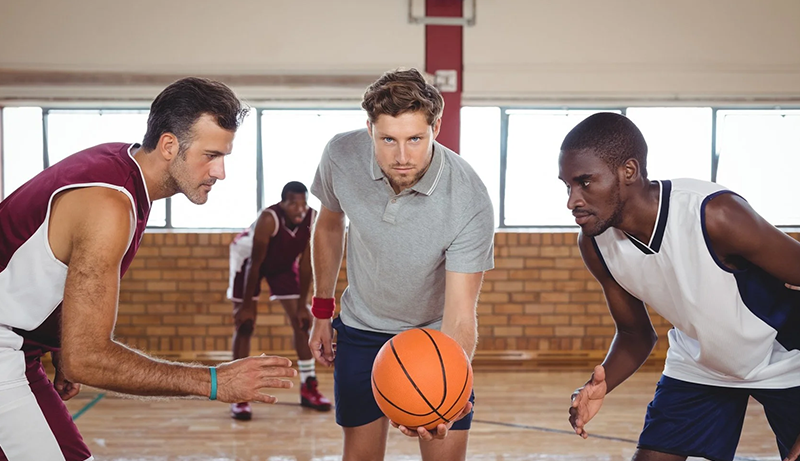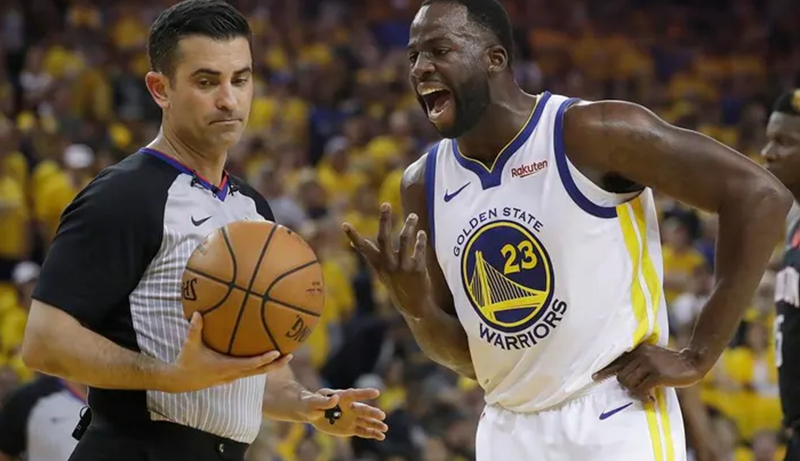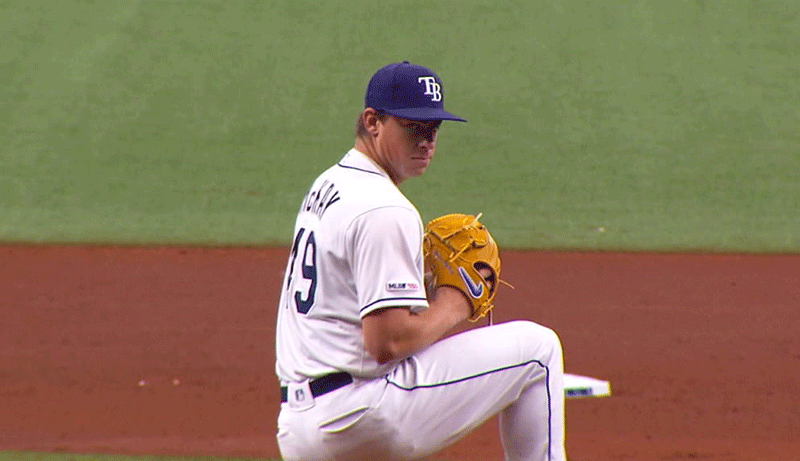Are you a hunting enthusiast? If so, then practicing shooting is imperative for attaining precision skills.
However, you will not have a great day without the suitable tools. And when it comes to tools, how can we not talk about clay pigeons?
You can hardly find an alternative to clay pigeons for target practicing. On a bright sunny day, clay pigeons and a skeet thrower can make your best shooting companion.
But have you ever thought of the dimension and composition of a clay pigeon? Are they safe for the environment? If the answer is yes, then you are at the right place.
In this article, we will converse about what are clay pigeons made of and about the dimensions as well. In the end, we will try to find if the clay pigeons are safe or not.
Let’s begin!
What are clay pigeons made of?
There is a gimmick in the name of clay pigeons. You might ask – “How?”
Well, neither these targets are pigeon-like, nor are these made with clay. As shooting pigeons for target practicing became illegal, the shooting targets came into the market. The name derives from that incident.
The shape of the clay pigeon is more or less like a flat disc. In general, manufacturers use resin or pitch. While flying, these materials provide much stability to the pigeon.
Other than that, there are few other materials used to make the pigeons more sustainable. We will discuss them in the upcoming section.
How to Make Clay Pigeons?

Depending on the kind of disc, the composition of clay pigeons may vary. While traditional discs have a fixed formulation, it is not the same for all the discs in the market.
When it comes to the traditional clay pigeon targets, the composition is quite simple. There is the use of limestone (calcium carbonate) and petroleum pitch. At times, brands replace the limestone with talc.
The manufacturing procedure is nothing of a complex sort too. Manufactures mix limestone and resin in large industry-grade mixtures. Under high temperature, this mixture turns into a paste.
Once the mixture is ready, it is then transferred to disc-like molds to form the structure. It is now time to let the clay pigeons cool down.
After that, manufacturers store them in bulk stacks. That way, it becomes easy to load and transport the clay pigeons.
Dimensions for Clay Pigeons
There are a bunch of sizes and weight variations available for clay pigeons available for purchase. Nonetheless, we have listed down the most common clay pigeons that are in use. Let’s check them out!
Let’s start off with the largest of all – the Olympic clay pigeons. As the name suggests, these clay pigeons are used in the Olympic competition. The size may range somewhere at 101.6 mm.
The standard (or traditional) clay pigeons have a diameter of 110 mm. When it comes to weight, it stands at 105 grams. To find recommendations for the choke for duck hunting Benelli, you can click here.
There are midi and mini variations of the clay pigeons available as well. The diameter of the midi ones is a bit smaller than the standard ones, somewhat of 90 mm. Midi clay pigeons weigh around 75 grams.
For sharpshooting and accuracy training, there is no alternative to mini clay pigeons. The diameter of 60 mm allows them to fly higher and longer.
If you are looking for some targets flatter than traditional clay pigeons, battue can be your way out. The specialized flat surface of the battue provides little time for a flight.
In the case of a battue, the diameter can range up to 100 mm and weigh around 70g. The height of the battue is stiff and that is 10 mm.
If you want your clay pigeons to fly close to the ground, traditional ones won’t help. On that account, you can use a rabbit. With a diameter as large as 110 mm and a weight of 105g, rabbits don’t fly much high up in the sky.
Is It Safe to Use Clay Pigeons?
Even though clay pigeons are safe to use, they are not sustainable for the environment. As we have mentioned earlier, the primary components of clay pigeons are talc and resin.
The talc (calcium carbonate) that we use to make clay pigeons doesn’t cause any harm to the environment. However, the case is not the same with pitch/resin. Here are our picks for the automatic skeet thrower. You can check them as well.
Resing and paints are not biodegradable and cause much harm to the flora and fauna. The worst part is, these components will never decompose. Even after hundred years, the resin can release harmful components.
But the good news is, there are now many non-toxic alternatives to traditional clay pigeons. Let’s get to know more about them!
Biodegradable and Non-Toxic Alternatives
First of all, it is imperative to acknowledge that biodegradable and non-toxic clay pigeons are not the same. Again, non-toxic alternatives are not completely toxin-free. Nonetheless, they don’t cause any harm to animal health.
Many manufacturers are turning their production system and trying to make it environment friendly. Their target is to make the process and end product pose zero harm to nature and wildlife.
When it comes to biodegradable clay pigeons, they can be both toxic and non-toxic. They only ensure the complete decomposition of the product. Nevertheless, it is always good to pick a product with no toxin in it.
Final Words

There is no doubt that the clay pigeons come in handy for practicing target shooting and achieving accuracy. So whenever you pick a bunch of clay pigeons, we recommend going for the non-toxic ones. That way, we are contributing towards nature as well.
And that brings us to the end of today’s discussion. We hope you found the article in finding ample information about the making of clay pigeons.
Good luck!




